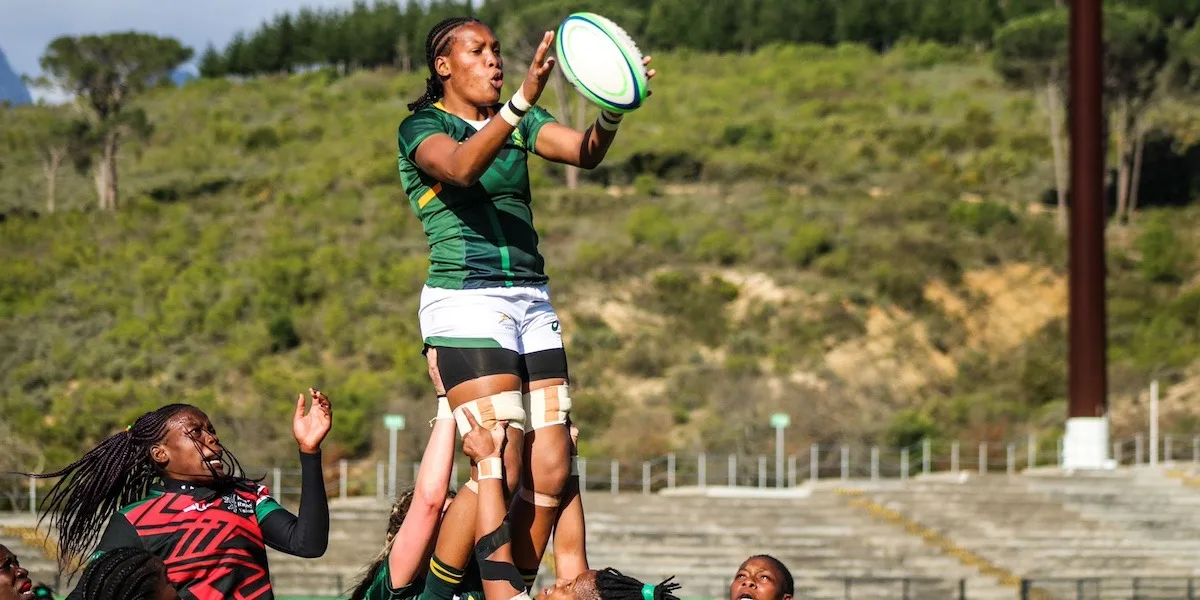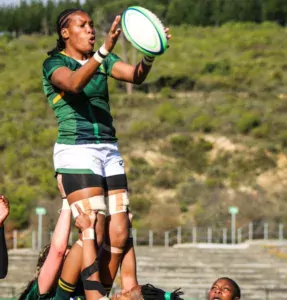When it comes to the game of rugby, few moments are as crucial as the lineout. A well-executed lineout can provide a team with a strategic advantage, while a mishandled one can lead to turnovers and lost opportunities. One of the key factors in a successful lineout is throwing the ball straight in a precise line. In this article, we will explore what happens when the ball is not thrown straight in a lineout, the implications of crooked throws on the game, and the techniques teams employ to counteract such situations.
The Anatomy of a Lineout
Before delving into the intricacies of lineout throws, let’s start by understanding the basics of a lineout. In rugby, a lineout is a set piece that occurs when the ball goes out of bounds or when a player chooses to kick the ball out of play intentionally. The two forward packs of each team line up opposite each other, and the team that didn’t touch the ball last before it went out of bounds throws it back into play.
The Throwing Team’s Advantage
The team that throws the ball into the lineout has a distinct advantage. They get to choose where they throw the ball and, to some extent, dictate the terms of engagement. The throwing hooker, typically a front-row player with accurate throwing skills, aims to target one of their teammates who will jump and catch the ball. This precise throw is crucial for a successful lineout.
The Straight Throw: A Fundamental Requirement
In a lineout, the ball must be thrown straight down the middle, perpendicular to the touchline. This is a fundamental requirement according to rugby laws. The straight throw ensures fairness and prevents any team from gaining an unfair advantage by throwing the ball toward their own players.
The Consequences of a Crooked Throw
When the ball is not thrown straight in a lineout, it can lead to several consequences that significantly impact the game. Let’s delve into these repercussions:
1. Turnover Possession
The most immediate consequence of a crooked throw is that the opposing team is awarded a scrum at the location of the lineout. This gives the opposing team a prime opportunity to gain possession of the ball. A scrum is a set piece where both teams engage in a physical contest to win the ball. Losing possession in a scrum can be detrimental to the team that originally had the throw-in.
2. Lost Field Position
A crooked throw can result in the team losing valuable field position. In rugby, territorial advantage is crucial. A lineout that is not executed properly can mean that the team loses ground and may find themselves defending their own territory rather than advancing toward the opposition’s try line.
3. Disrupted Game Plan
Teams often have specific game plans and tactics they intend to execute during a lineout. When the ball is not thrown straight, these plans can be disrupted. The intended receiver may not be able to catch the ball, leading to confusion and improvisation on the field.
Causes of Crooked Throws
Several factors can contribute to a crooked throw in a lineout. Let’s explore some of the common causes:
1. Poor Technique
Throwing the ball straight requires impeccable technique. A slight deviation in the hooker’s throwing motion can result in an inaccurate throw. Poor grip, incorrect body positioning, or improper release can all lead to a crooked throw.
2. Pressure from the Opposition
The opposing team can put immense pressure on the throwing team during a lineout. By contesting the jumpers and blocking the throwing lane, they can force the hooker to rush the throw, leading to inaccuracies.
3. Wind and Weather Conditions
External factors like wind and weather conditions can also impact the accuracy of a lineout throw. Strong gusts of wind can easily push the ball off course, making it challenging for the hooker to maintain a straight trajectory.
Strategies to Counter Crooked Throws
Teams are well aware of the risks associated with crooked throws in lineouts, and they employ various strategies to minimize the chances of errors:
1. Communication
Clear and effective communication among the hooker, jumpers, and other teammates is crucial. Players signal their intended positions, and the hooker adjusts the throw accordingly. This communication helps ensure that the ball is directed to the right target.
2. Practice and Repetition
Repetition is key to perfecting lineout throws. Teams invest significant time in practicing lineouts, with a specific focus on the accuracy of throws. This repetitive training helps hookers develop muscle memory for precise throws.
3. Quick Ball Retrieval
Teams may also employ quick ball retrieval techniques to minimize the time available for the opposing team to disrupt the lineout. The faster the ball is thrown in, the less time the opposition has to contest it.
4. Adjusting for Weather Conditions
Awareness of weather conditions and how they can affect the flight of the ball is essential. Teams may adjust their tactics and throwing techniques to account for wind or rain.
The Role of the Match Officials
Match officials play a crucial role in ensuring that lineout throws are executed properly. They closely monitor the lineout and can penalize the throwing team if they deem the throw to be crooked or unfair. This adds an element of accountability and fairness to the game.
Famous Lineout Moments
Throughout rugby history, there have been several memorable lineout moments, both positive and negative, that highlight the importance of accurate throws:
1. The “5-Metre Lineout” Miracle
In the 2003 Rugby World Cup final between England and Australia, with the scores level in extra time, England was awarded a lineout just five meters from Australia’s try line. The pressure was immense, but England’s hooker, Steve Thompson, delivered a pinpoint throw, setting up the famous drop goal by Jonny Wilkinson that secured England’s World Cup victory.
2. The Crooked Throw That Cost a Game
On the flip side, there have been instances where crooked throws have cost teams dearly. In a tightly contested Six Nations match, a crooked throw in the dying minutes of the game led to a scrum for the opposition. They capitalized on the opportunity, scored a try, and snatched victory from the jaws of defeat.
The Evolution of Lineout Tactics
As rugby has evolved, so too have lineout tactics. Teams are continually innovating and developing new strategies to gain an advantage. One such innovation is the use of dummy jumpers, players who don’t intend to catch the ball but are used to confuse the opposition and create opportunities for the intended receiver.
The “Cobra” Lineout Move
One of the more intricate lineout tactics is the “Cobra” move. In this maneuver, the throwing team uses dummy jumpers and clever misdirection to create confusion among the opposition. The hooker’s throw is disguised, making it difficult for the defending team to predict the target.
The Importance of Adaptability
In the fast-paced world of rugby, adaptability is a key attribute. Teams must be prepared to adjust their lineout strategies based on the circumstances of the game. Whether it’s changing the intended receiver on the fly or altering the throw angle to account for the wind, adaptability can make the difference between success and failure.
In the world of rugby, the lineout is a critical aspect of the game. A precise and straight throw is essential to ensure fairness and maintain possession. When the ball is not thrown straight, it can lead to turnovers, lost field position, and disrupted game plans. However, teams are not passive in the face of this challenge. They employ communication, practice, and innovative tactics to minimize the risk of crooked throws. The evolution of lineout strategies and the ability to adapt on the fly highlight the dynamic nature of the sport. So, the next time you watch a rugby match, pay close attention to the lineout throws—they are a crucial element that can shape the outcome of the game.

